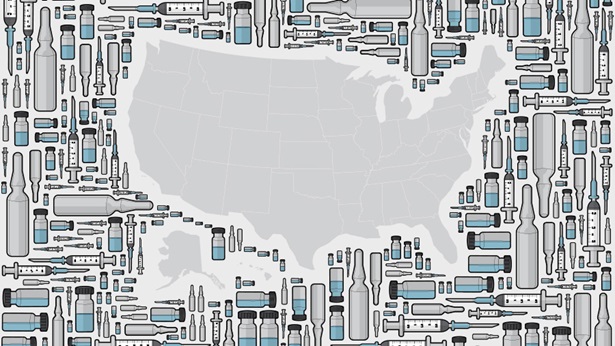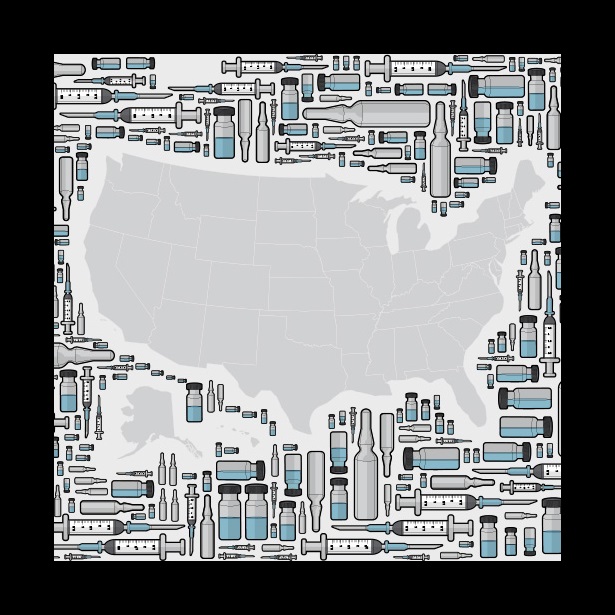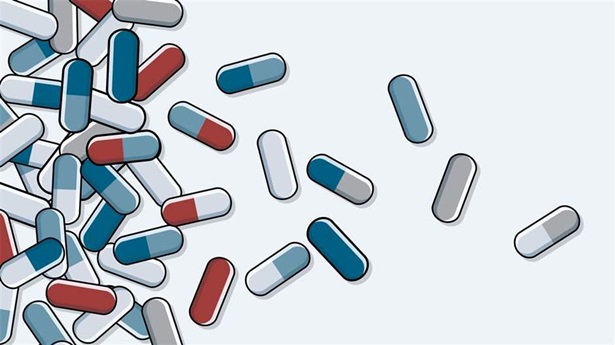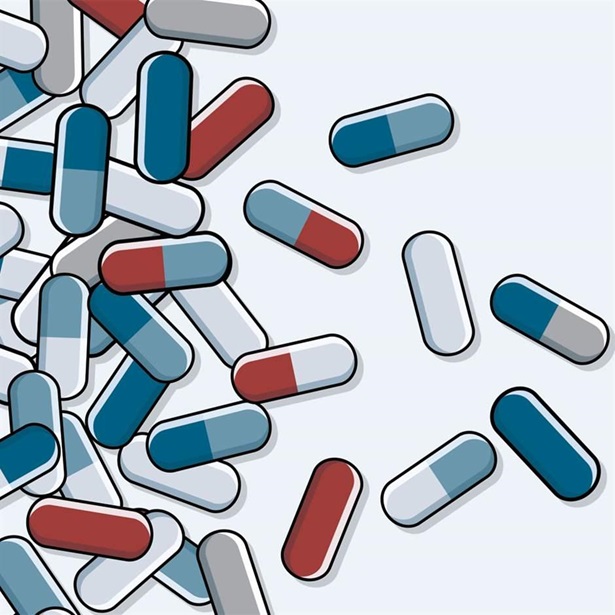The Pandemic Has Made Recent Drug Safety Advances All the More Vital
New policies improve inspections, quality standards, and supply chain protections
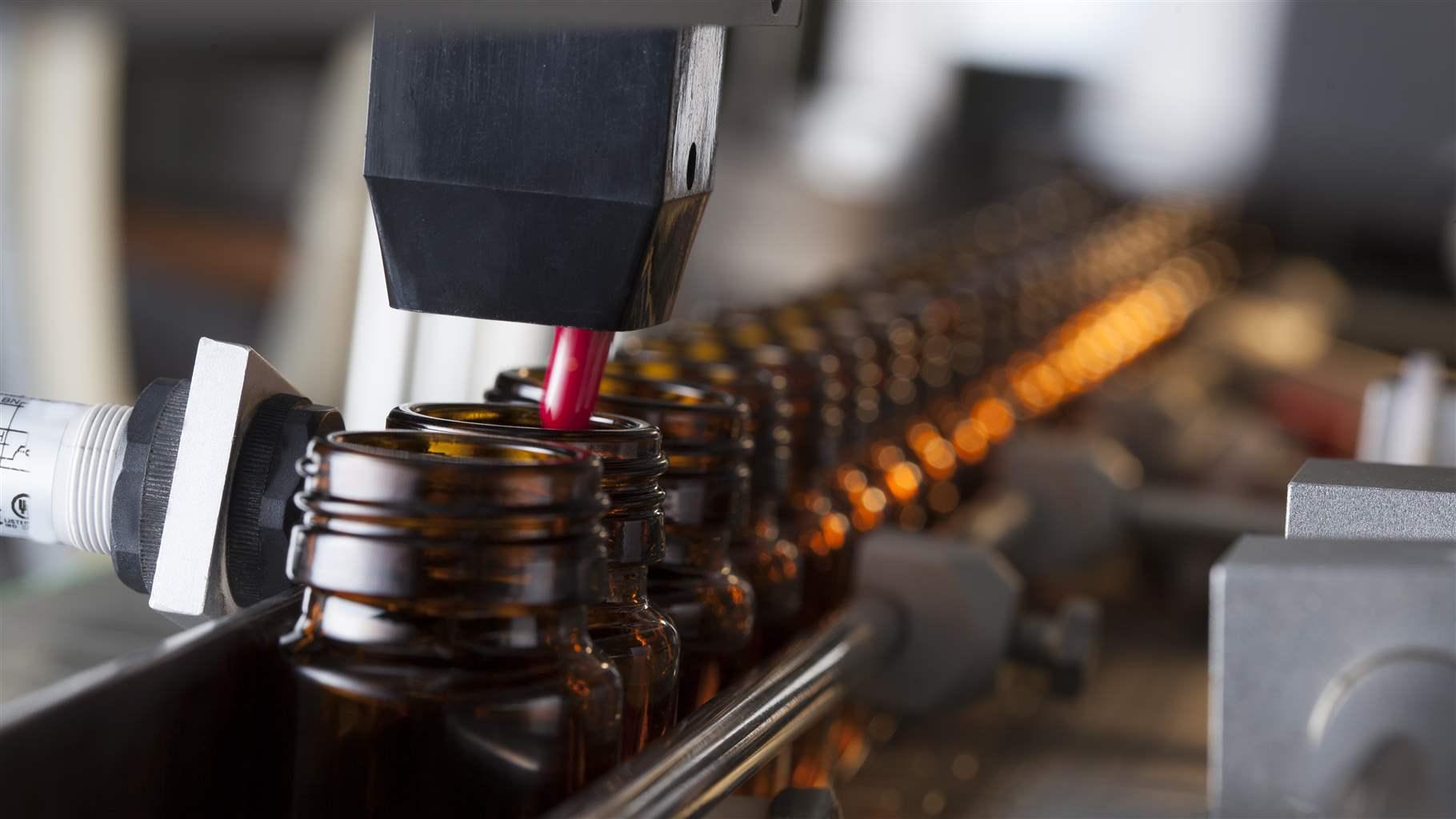
The coronavirus pandemic has heightened attention to long-standing vulnerabilities in the nation’s drug supply, but laws and regulations enacted over the past decade are helping authorities prevent and investigate safety issues, including those surrounding compounded drugs.
The spread of COVID-19—and efforts to contain it—have increased demand for medicines and disrupted pharmaceutical manufacturing and shipments, creating drug shortages. The Food and Drug Administration has responded, in part, with temporary policies that allow compounding pharmacies to make certain products needed to treat patients with the highly contagious disease—a defensible move, but one with risks for patients. Americans also face dangers from the flood of counterfeit drugs appearing online and at U.S. ports of entry.
Although the pandemic has amplified the scale of these public health challenges, changes put in place since 2012 are helping to address them. These policies—including the FDA Safety and Innovation Act (FDASIA) and the Drug Quality and Security Act (DQSA)—have enhanced medication safety and improved oversight of drug manufacturers and compounding pharmacies.
Here’s a look at how these reforms have made Americans’ medicines safer and a few ways that policymakers, drug manufacturers, compounding pharmacies, outsourcing facilities, and health care providers could build on these cornerstones of a reliable, high-quality drug supply.
Improved standards and oversight for compounded drugs
Compounding pharmacies tailor drugs to meet patients’ clinical needs when medications approved by FDA cannot. The drugs produced can pose serious risks, but, unlike those from conventional manufacturers, they are not reviewed for safety and efficacy.
In 2012, contaminated injections sold by a single compounding pharmacy caused a 20-state fungal meningitis outbreak that killed more than 100 people and sickened almost 800 others. The outbreak drew public and policymaker attention to the risks of compounded medications and exposed weaknesses in oversight by the agency and state regulators.
In response, Congress enacted Pew-supported policies in the DQSA in 2013 to ensure that compounding pharmacies meet quality standards appropriate to their products’ risks. The law clarified that FDA is the primary regulator of compounding facilities that make so-called “office stock”—products manufactured in bulk without individual patient prescriptions and distributed to hospitals and other medical providers.
States have also stepped up scrutiny of compounders. As of 2018, 32 state boards of pharmacy required pharmacies that compound sterile drugs for humans to be in full compliance with the widely recognized quality standards established by the United States Pharmacopeia. In addition, 39 states and the District of Columbia had aligned their policies on office stock compounding with federal law, helping to ensure that only FDA-registered businesses known as outsourcing facilities make such products.
Stronger oversight of global supply chains
Increased reliance on overseas pharmaceutical production has created vulnerabilities in the nation’s drug supply system. In early 2008, for example, the Centers for Disease Control and Prevention identified a series of illnesses and deaths in dialysis patients, most of whom had received the blood thinner heparin. Investigations revealed that an adulterant with toxic effects had been introduced during manufacture in China.
Enacted in 2012, FDASIA bolstered FDA drug and device reviews and, for the first time, required regular inspections of the foreign manufacturing facilities that produce 40% of finished drugs and 80% of active pharmaceutical ingredients for the U.S. market, according to 2016 FDA estimates.
A year later, lawmakers approved the Drug Supply Chain Security Act as part of the DQSA. The law requires pharmaceutical manufacturers to place unique serial numbers on individual packages of prescription drugs. These identifiers allow businesses and regulators to authenticate and electronically trace each package as it moves from manufacturer to customer, mitigating the threat of counterfeit drugs.
These laws helped level the playing field between domestic and foreign manufacturing sites, requiring FDA to implement a risk-based inspection schedule for overseas and domestic facilities and to conduct inspections at least every four years. The agency can block importation of a drug or ingredient if the plant has refused or delayed an inspection.
Building on this momentum
Taken together, these efforts tell an unmistakable story of progress within the market for essential medications, but remaining gaps in the system must be addressed. First, full implementation and enforcement of the DQSA is critical. Adverse events caused by compounding errors are still underreported across the country. Meanwhile, some trade groups have sought to loosen restrictions on compounding office stock, which could threaten patient safety. Robust implementation and enforcement of the act would ensure drug quality and help keep consumers safe.
Second, FDA can support the newly created sector of outsourcing facilities by finalizing its bulks list—a key mechanism governing the bulk drug substances that these businesses may use—and through its Compounding Quality Center of Excellence The center, created in 2019, provides training for outsourcing facilities on manufacturing standards and how to identify and address insanitary conditions that can lead to patient harm. In these ways, the agency can help outsourcing facilities build their operations to better serve the market for office stock and help the industry comply with the requirements set in place by the DQSA.
Finally, states must bolster their reporting of adverse events. According to a survey conducted in 2015, just 30% of responding states (13 of 43) required sterile compounding pharmacies to report serious adverse events. Although states have continued working to improve oversight of the industry, this dearth of information jeopardizes the safety of patients who rely on compounded drugs to meet unique health needs.
Through full implementation and enforcement of these laws, patients will be better safeguarded from counterfeit, adulterated, and otherwise substandard medications. Going forward, policymakers and advocates should build on the key successes of the past and work toward a safer, more reliable drug supply.
Liz Richardson directs The Pew Charitable Trusts’ health care products project.


America’s Overdose Crisis
Sign up for our five-email course explaining the overdose crisis in America, the state of treatment access, and ways to improve care
Sign up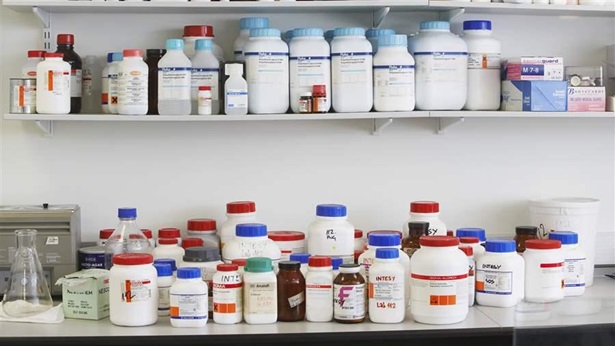

U.S. Illnesses and Deaths Associated With Compounded or Repackaged Medications
